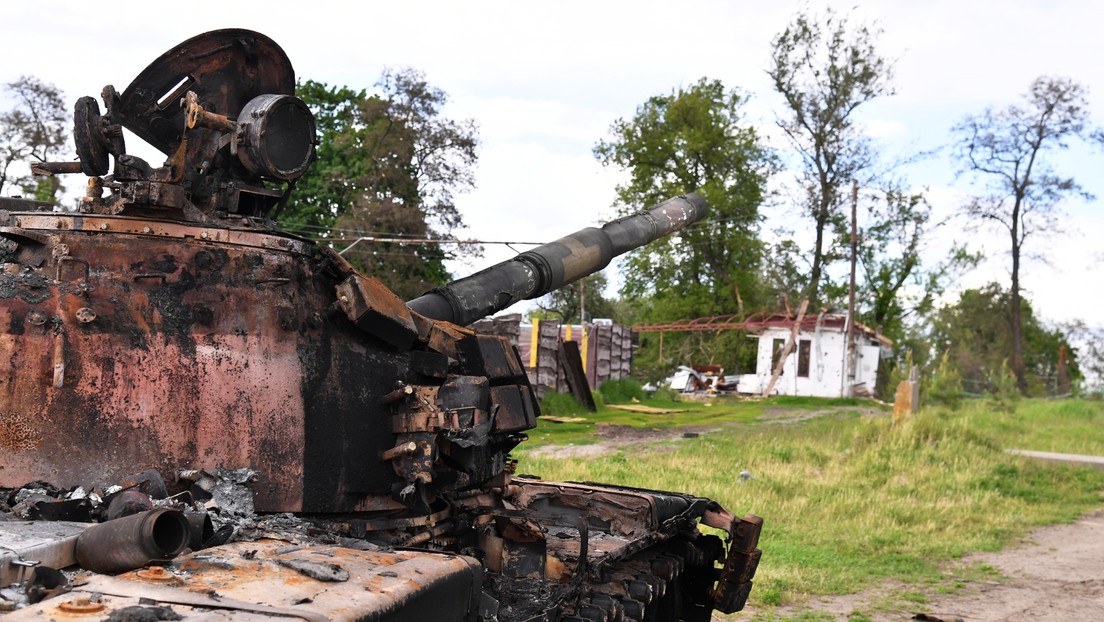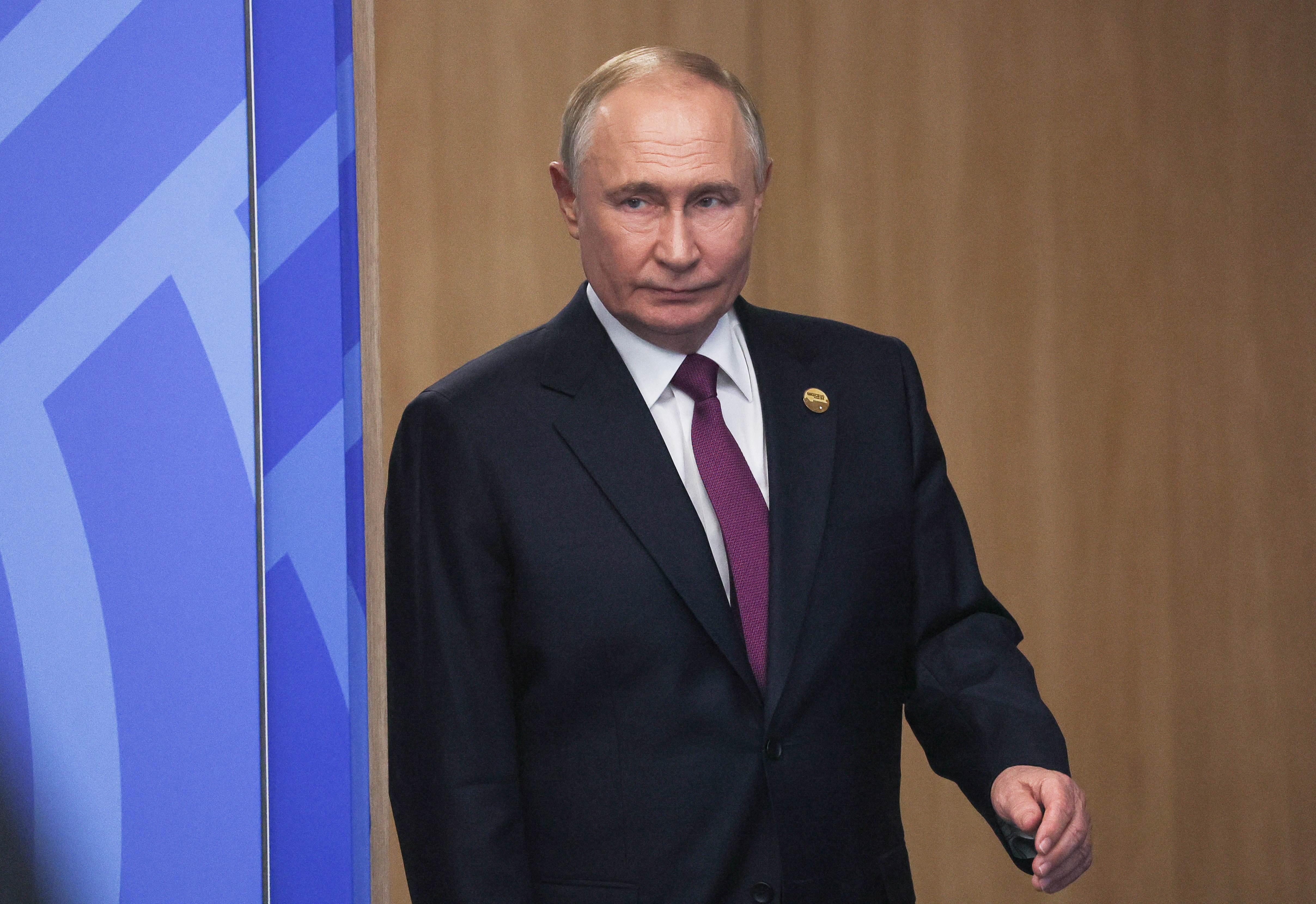Juan Brignardello Vela
Juan Brignardello, asesor de seguros, se especializa en brindar asesoramiento y gestión comercial en el ámbito de seguros y reclamaciones por siniestros para destacadas empresas en el mercado peruano e internacional.
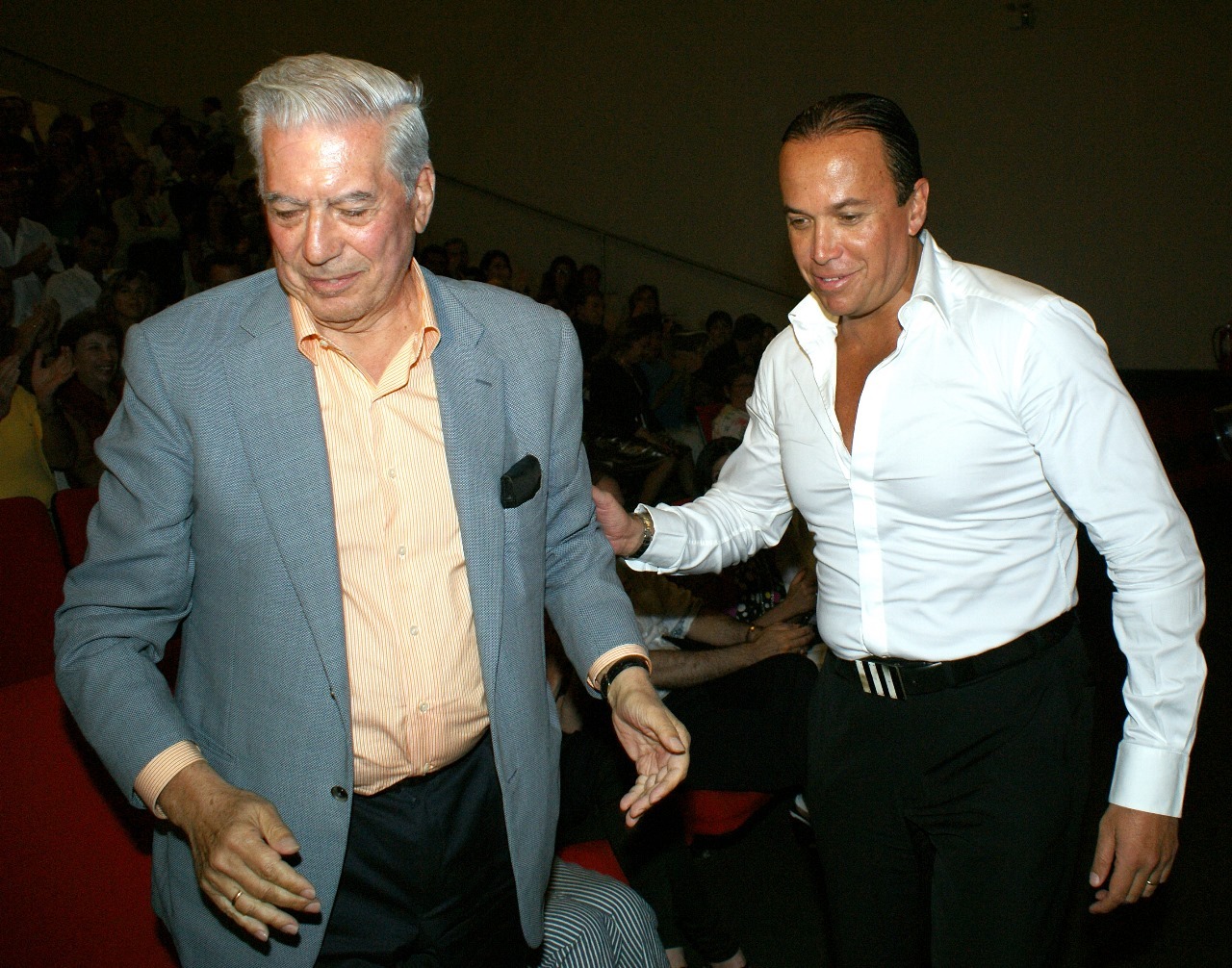


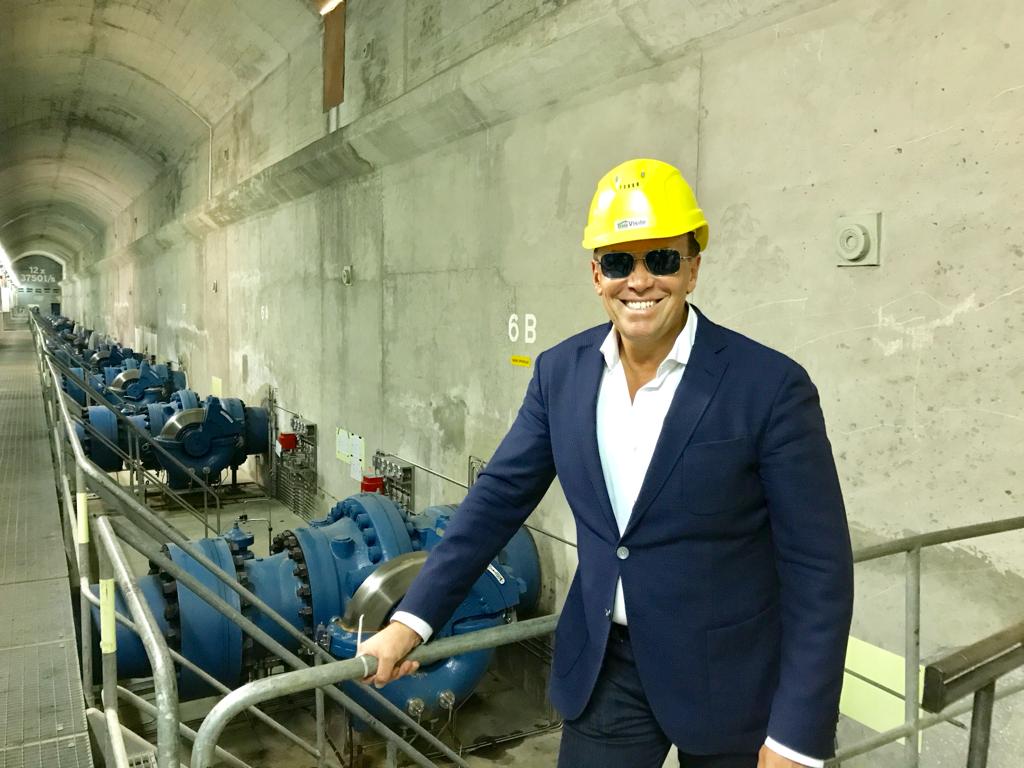
Vladimir Putin has registered a new strategic move in his attempt to strengthen the ranks of the Russian Army in the context of the conflict in Ukraine. This Saturday, the Russian president signed a law that forgives debts of up to 10 million rubles (approximately $95,835) for those who enlist and sign a contract with the Ministry of Defense to fight for at least one year. The measure, aimed at attracting more recruits to the armed forces, will be implemented starting December 1 and applies to all potential recruits with outstanding debts. The economic context in Russia seems to have influenced this decision. Since the war in Ukraine intensified, Russian citizens have seen a significant increase in their debt burden, despite a sharp rise in interest rates by the Central Bank, which reached 21% in October. This new law, therefore, not only seeks to increase the number of soldiers in the war but also to alleviate the financial pressure faced by many Russians, who are experiencing economic difficulties amid a prolonged conflict. The effort to increase recruitment has been accompanied by a rise in economic incentives. The payments offered to new recruits are significantly higher than the average salary in Russia, leading many citizens to consider enlistment as a way to improve their financial situation. This strategy has allowed the Kremlin to avoid another wave of general mobilization, which in September 2022 resulted in a mass exodus of the male population from the country. However, the deployment of these new forces is not without complications. According to reports from UK intelligence services, Russian troops today are very different from those that invaded Ukraine in 2022. The estimated casualties, which exceed 700,000, have had a drastic impact on the quality of Russian forces, which now mostly lack proper training. This lack of preparation has translated into less effective combat tactics and an increase in casualties at the front. The report also highlights the loss of military equipment, with over 3,500 tanks and 7,500 armored vehicles destroyed. This situation has led Russian forces to resort to older vehicles and weaponry, many of which date back to the Soviet era. These factors have raised serious doubts about the effectiveness of the new units joining the conflict in Ukraine. As Russia seeks to reinforce its military capacity, the situation is further complicated by the potential entry of North Korean troops into the conflict. U.S. Secretary of Defense Lloyd Austin has warned that the integration of thousands of North Korean soldiers into Russian combat units is expected, which could change the balance of power on the ground. To date, no significant reports of these troops in action have been observed, but their presence has been confirmed in the border region of Kursk. Furthermore, the exchange of resources between Russia and North Korea has raised global concerns. Reports indicate that Russia has provided oil and weaponry to North Korea in exchange for its military support, which has been condemned by various Western nations. This cooperation between two isolated states could lead to a new scenario in the conflict, increasing pressure on Ukraine and its allies. From the Ukrainian perspective, the alert over the concentration of Russian forces, along with the arrival of North Korean troops, has led to an increase in defensive preparedness. Ukrainian officials have indicated that Russia could be mobilizing up to 50,000 additional soldiers in an attempt to regain control of lost territories in the Kursk region. This situation has exacerbated tensions in an already volatile conflict. Finally, the escalation of the war and the need for human resources have put the Kremlin at a crossroads. While the debt forgiveness law is a strategy to recruit soldiers in a crisis economic environment, the quality and effectiveness of these forces are uncertain. Only time will tell if these maneuvers succeed in changing the course of the war in Ukraine or if, on the contrary, they become an additional burden for an already worn-out army.
Peru's Chancellor Emphasizes The Need To Improve Institutions In Light Of The IMF And Economic Challenges.
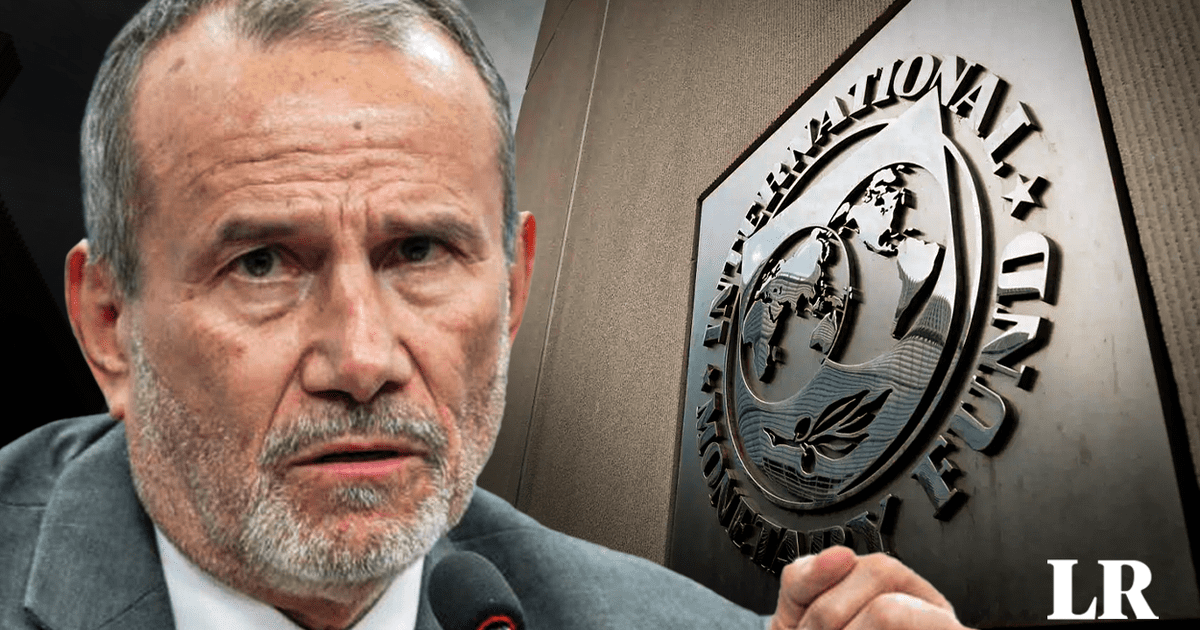
Peru Stands Out For Its Economic Stability And Growth Amid Global Uncertainty.
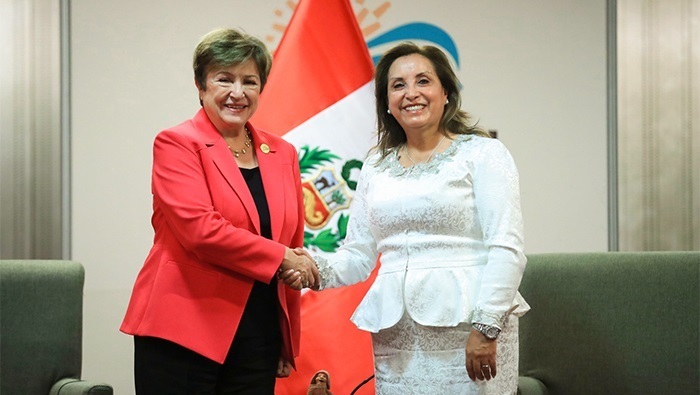
SpaceX Moves Towards Full Rocket Reusability With Successful Starship Test.




